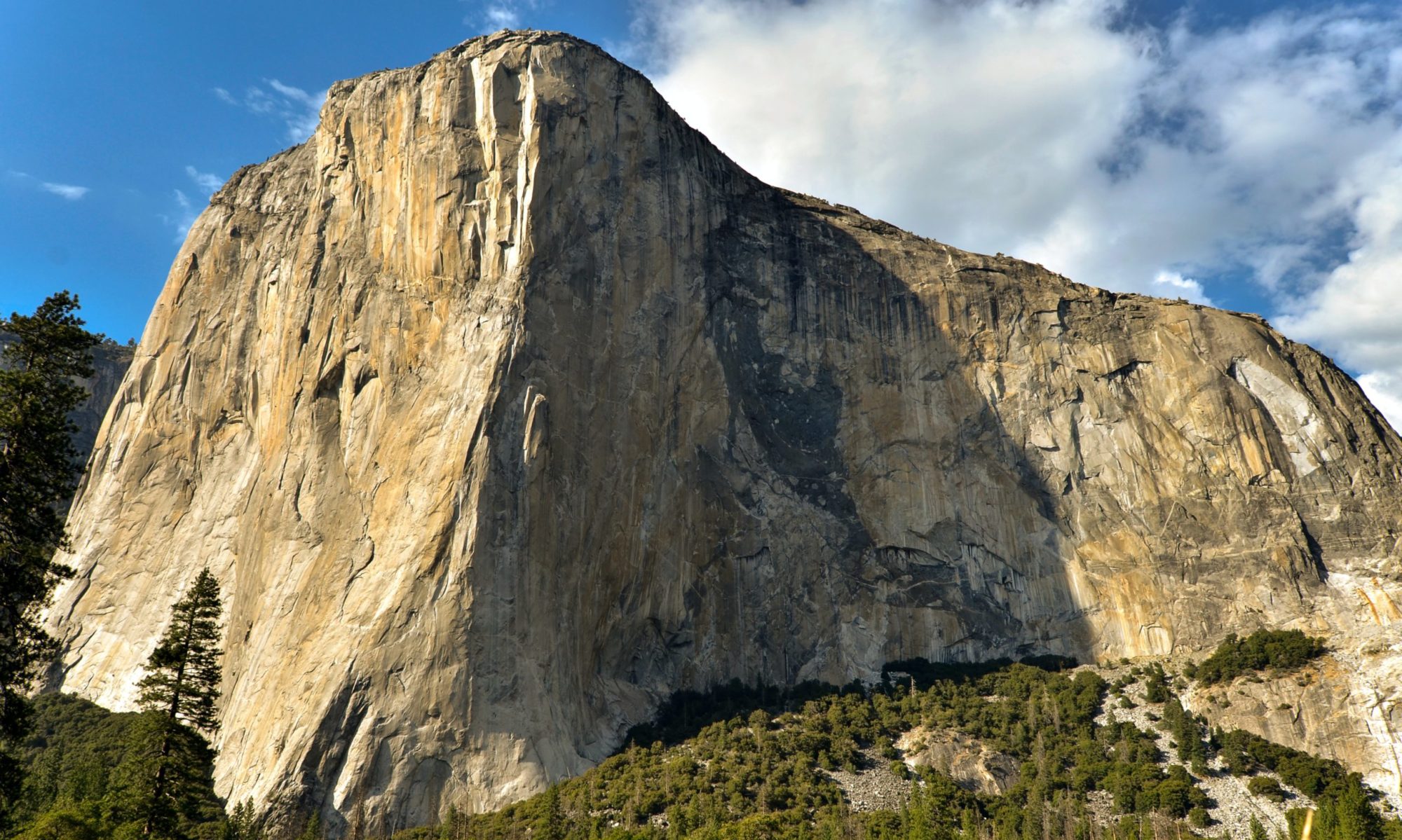As a climber, you train hard. Many climbers want to eat right to be the best they can be. But sometimes eating healthy can lead to eating disorders. Find out what you need to know about disordered eating, how to prevent it, and how to identify eating disorders and seek out help. For more, check out our disordered eating resource page.
What is disordered eating?
Disordered eating refers to a group of behaviors, thoughts, and beliefs around food. These behaviors can drive a climber to have decreased mental and physical health. This includes behaviors like following a very strict diet, trying to eat “clean” or “perfect” (as with orthorexia), and trying to control body weight, shape, or appearance.
Eating disorders are a mental illness, not a choice. If someone is suffering from an eating disorder, it’s important to get proper treatment right away. Putting it off can lead to serious medical issues. Sometimes even long-term consequences happen, such as lost bone density, stunted growth, and infertility as an adult.
What is an eating disorder?
An eating disorder is a certain set of behaviors that meets guidelines for being officially diagnosed. Common types include:
- Anorexia nervosa: An intense fear of gaining weight or becoming fat. This leads to restriction of food and calories. It is accompanied by a disturbance in body image.
- Bulimia nervosa: Binge eating along with trying to “purge” the food out of the body by vomiting, laxatives, or excessive exercise. This is done in order to prevent weight gain.
- Binge eating disorder: Recurring episodes of binge eating where it is more than a normal amount and it feels out of control. It happens at least once per week for three months.
- Other specified feeding or eating disorder: This is when there is disordered eating present, but it may occur less often, or not quite fit into another eating disorder category.
What are some signs of eating disorders/disordered eating?
If you, a teammate, or friend is suffering from an eating disorder, they may show some common signs, such as:
- Being preoccupied with food, dieting, or calories
- Cutting out certain foods or whole food groups
- Comments or concern with body image, size, and shape
- Being uncomfortable eating around others, or refusing to eat with people (like going out to eat as a team after a comp)
- Weight loss
- Not making progress even though they are training hard
- Fatigue
- Frequent injury or illness
- Sleeping problems
- Digestive issues, like cramping, bloating, and constipation
- Difficulty concentrating
- Moodiness, depression, or irritability
- Lost period (females)
But, I thought to climb better I need to be thin? What if I am trying to lose weight for climbing performance?
This is a common idea in climbing. Luckily, you don’t have to lose weight to climb better! While it’s true that a high strength-to-weight ratio is good for climbing, this is only a small part of climbing ability. Research shows that things like strength, flexibility, endurance, climbing skills, and experience help people become better climbers–not weight loss! In fact, weight loss attempts may trigger disordered eating.
In fact, if you eat enough to match your climbing and training load, you’ll set yourself up to be stronger, climb better, and prevent injury down the road.
Current climbing research suggests that weight is only a tiny factor in performance, and weight, height, and BMI are largely irrelevant to climbing performance. Lattice Training also has gathered data on their own clients, which show that BMI doesn’t really predict or impact climbing performance to the extent many people think it may.
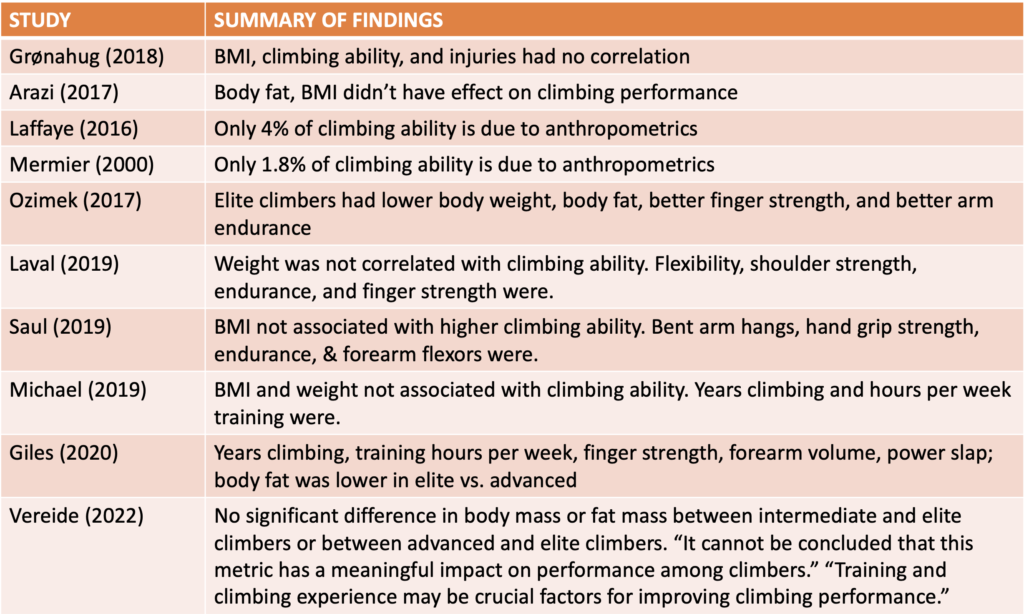
What should I do if I think someone I know might have an eating disorder?
First, recognize that eating disorders are not a choice, and they can strike anyone of any age or body shape. They are an illness that needs proper treatment, support, and compassion.
You can approach your friend with love and concern, and help them get the right treatment they need.
You can contact your country’s eating disorder organization, or a local eating disorder treatment center for more information.
You can practice what you are going to say, and set aside a private time to talk with them. Voice your concerns, such as “I noticed that you are skipping snack break at practice.” Or “I am worried about how you are doing extra exercising beyond our training.” Expect that they will not react well. Usually eating disorder thoughts are persistent and loud to the person experiencing them, and their reality is distorted. It’s important to be firm and help them get professional help. Offer to accompany them to a doctor appointment, or support them in other ways.
With awareness, support, and compassion, you can keep your athletes safe and foster a good relationship with food and body.
More climbing nutrition resources for you!
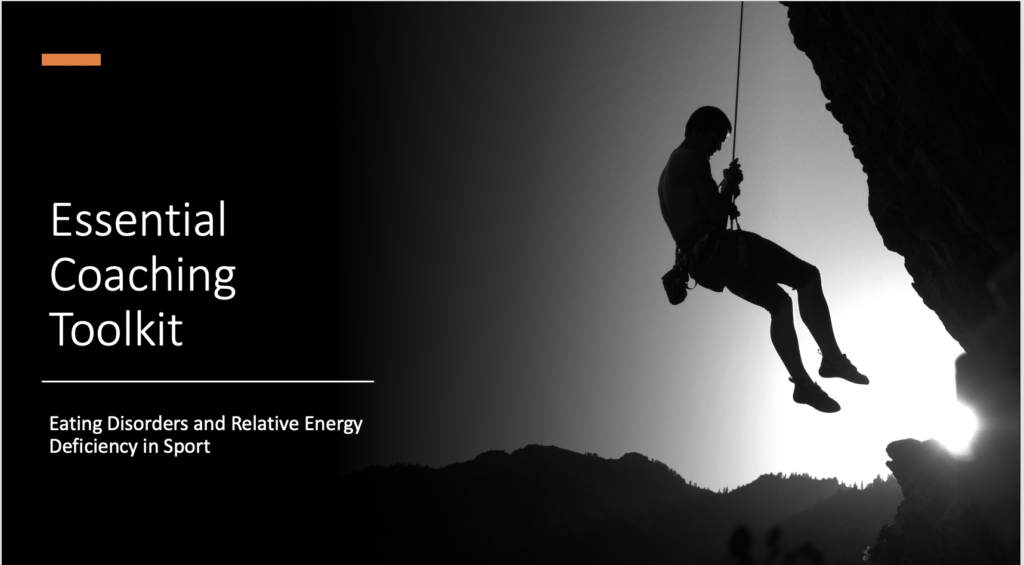
I conduct training workshops for teams, coaches, parents, and other climbing professionals. Past clients include USA Climbing, SportRock, Seattle Bouldering Project, Mesa Rim Reno, and more. Contact me for more information! dietitian@realnutritionrdn.com
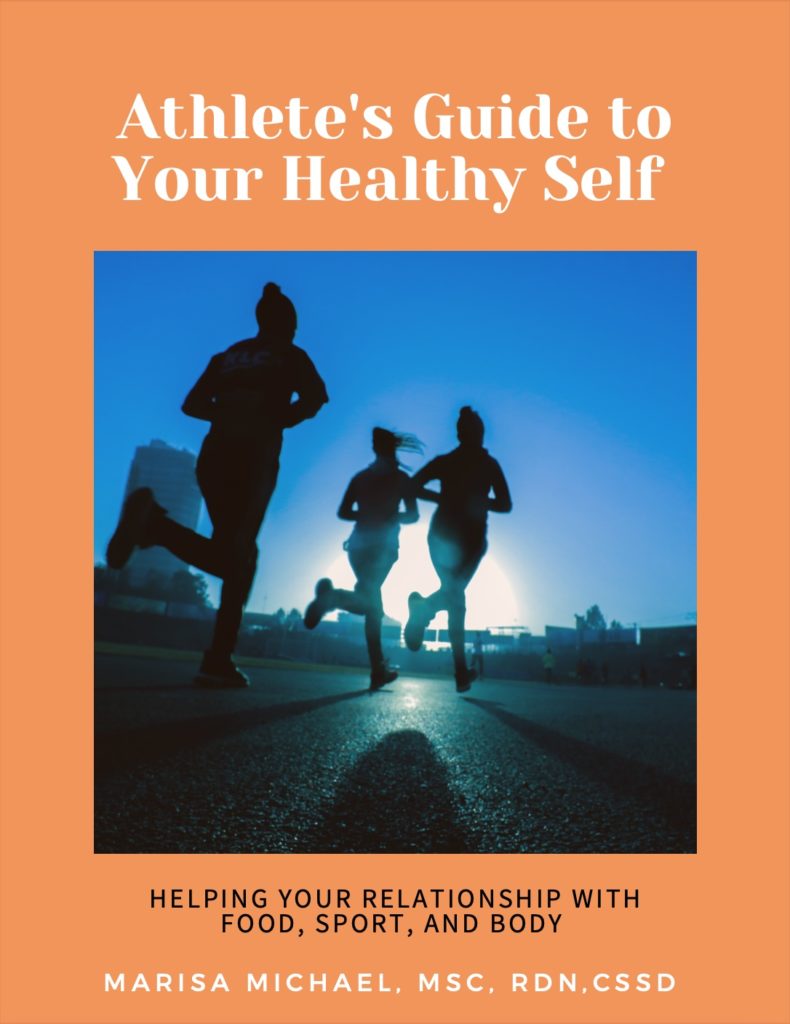
The Athlete’s Guide to Your Healthy Self is a 56-page downloadable guide with journaling prompts, infographics, and resources to help your relationship with food, body, and sport. It is for athletes, parents of youth athletes, coaches, and anyone working with athletes.
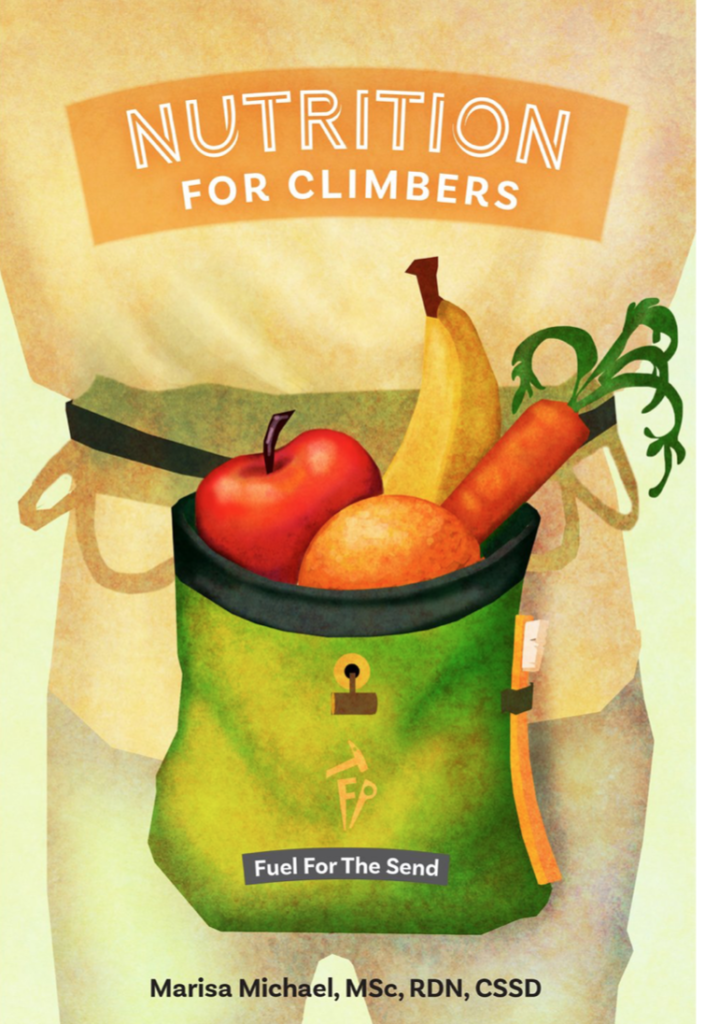
The OG book on all things climbing nutrition, this book is a must-have for any climber.
